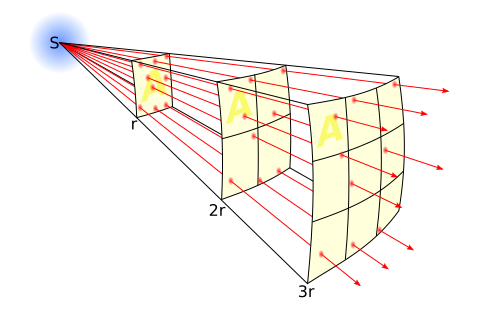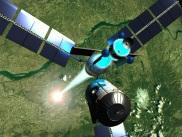Hi,
I have always wondered on this, may be i am missing something very simple, in the perspective shadow map calculation from the paper: http://www.cs.berkeley.edu/~ravir/6160-fall04/papers/p557-stamminger.pdf
In section 1.1, it mentions that when a ray bundle from shadow map hits the surface at a distance rs with an angle substended at alpha, and the shadow map pixel width is ds, the lenght of the surface hit is equal to approximately: dsrs/(cos(alpha).
How do we arrive at this derivition?
Any help is much appreciated.
Thanks,
obhi









